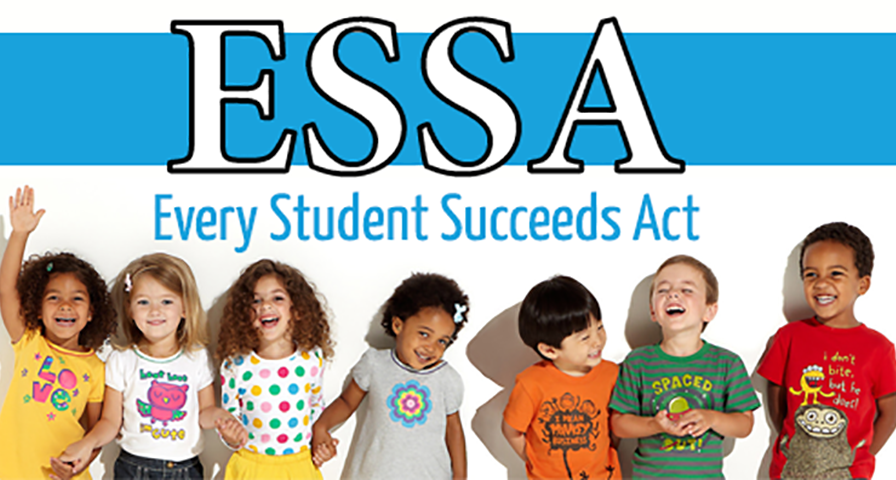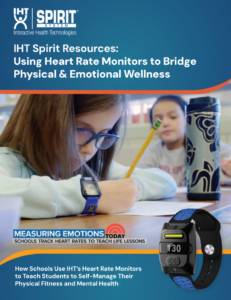Teachers thinking about purchasing tools such as heart rate monitors as key components of physical fitness or emotional wellness programs have a number of different options as they seek the necessary funding.
Educators who’ve purchased heart rate monitors and assessment software from IHT have made their purchases with funding they’ve arranged through:
- their direct budget,
- teaming up with colleagues to combine budgets,
- their campus technology budget,
- grants from local education agencies or local businesses, and
- federal funding
If you’re looking at purchasing technology in the coming months, here are a few tips from customers, school administrators and physical education leaders.
Understand the Federal Funding
While one of the largest sources of funding – three rounds of federal funding designed to help schools recover from the impact of COVID-19 – has expired, federal funding still exists through the Every Student Succeeds Act (ESSA).
While ESSER made billions of dollars available to schools across the country, ESSA – and specifically the Student Support and Academic Enrichment Grant (Title IV, Part A), distributes nearly $1.4 billion to state education agencies to distribute. The Title IV, Part A grant provides money for projects that meet the following criteria:
- programs that contribute to safe and healthy schools;
- programs that provide a well-rounded education; and
- programs that demonstrate the effective use of technology
“It’s the game-changing grant for us,” Arizona Department of Education Title IV-A Specialist Keri Schoeff said. “It has three elements: a well-rounded education, safe and healthy students, and effective use of technology. Physical education falls into all three of those areas.”
Former McAllen Independent School District PE Administrator Mario Reyna used ESSA three times to add IHT ZONE heart rate monitors to the middle schools across his district. He called it essential to get familiar with the district’s process for managing its federal funding and advised creating a request that ties student health to academic achievement.
“Wellness will improve academics without a doubt,” he said. “That’s been proven before. With the monitors, we knew we’d be able to challenge the kids to improve.”
Exploring Grants from Education Friendly Organizations
Local businesses and service organizations often have money set aside to help local educators. Understanding who they are and how to apply for their grants is key to securing funds.
Former Lewiston High School (ID) teacher Chris Meyer won a grant from the local Lewis & Clark Valley Healthcare Foundation – administered through the local hospital — to purchase heart rate monitors as part of a program upgrade that coincided with moving into a new school building.
“We wrote a lot of grants,” Meyer said. “We were very fortunate to receive several of them and that’s what allowed us to purchase the heart rate monitors along with fitness curriculum and fitness equipment.”
Selma Middle School (IN) teacher Tammy Brant made a connection with the manager at her local Dick’s Sporting Goods store and earned a grant that allowed her to purchase heart rate monitors.
“We have one sporting goods store in town and it’s Dick’s Sporting Goods,” Brant recalled. “I obviously go in there a lot and I got to talk with the assistant store manager quite a bit and I told her about my program, just talking.”
She learned about the grant when the manager gave her the good news.
“I didn’t know they awarded money to schools,” Brant said. “Most of the time, I think it’s little leagues or a basketball organization or a football program. They want to ‘help save youth sports.’”
Teamwork Makes the Dream Work
As the full impact of COVID was changing schools on a daily basis, Leland and Gray Union High School (VT) teacher Tammy Claussen looked for a way to keep the student-teacher connection going as school shifted from in-person to online.
She researched heart rate monitors and believed the IHT ZONE would accomplish 2 things:
- keep her now-remote students active
- deliver objective data about each student’s activity levels and performance.
Claussen just needed funding to purchase them. She had funding left in her budget, but not enough to buy the quantity she needed.
“The administration was on board with the idea and the accountability that the monitors would provide,” Claussen said.
When school athletic director Marty Testo learned about Claussen’s need, he stepped up. Because the school wouldn’t be playing games, his budget had a newfound surplus, which he gladly shared so Claussen could impact her students.
“I wanted to find a way to help the school with this money before it could be reclassified,” Testo said. “I heard her talking about it in a faculty meeting and I agreed. Teaching PE remotely, it’s difficult to see the evidence that we need to see. This is great because it gives a way to find that proof and get kids accustomed to tracking their own success.”
Proving Value with a Pilot Program
Before his administration agreed to purchase 100 IHT ZONE heart rate monitors for his program, Orlandus Thomas first had to prove that his PE program at Intrinsic Charter High School (IL) would improve as he predicted. The teacher used his direct budget allocation to purchase 10 monitors and conducted a pilot with a handful of students.
Students wore the monitors and benefited from data delivered both as real-time feedback and a post-session detail, all of which was stored in Thomas’ IHT Spirit System account. Thomas then generated detail and summary reports that showed his administrators both the data he could collect and the progress it detailed for students individually and the pilot group as a whole.
“That’s when they went all-in with me,” Thomas said. The way (the monitors) worked was everything I had imagined and more. These kids, even remotely, did the workouts I sent them and stayed in the (target heart rate) zones.”
Several years after his pilot, Thomas still rejoices in the solution to the question that has challenged PE teachers over time.
“Since almost 2005-26, this is the $64,000 answer for ‘how can you get kids to see their work?’” he said. “This is it, and (with the data) there’s nothing anyone can debate about it.”
Looking for more funding tips? Contact an IHT representative using the link below or email spirit@ihtusa.com.


